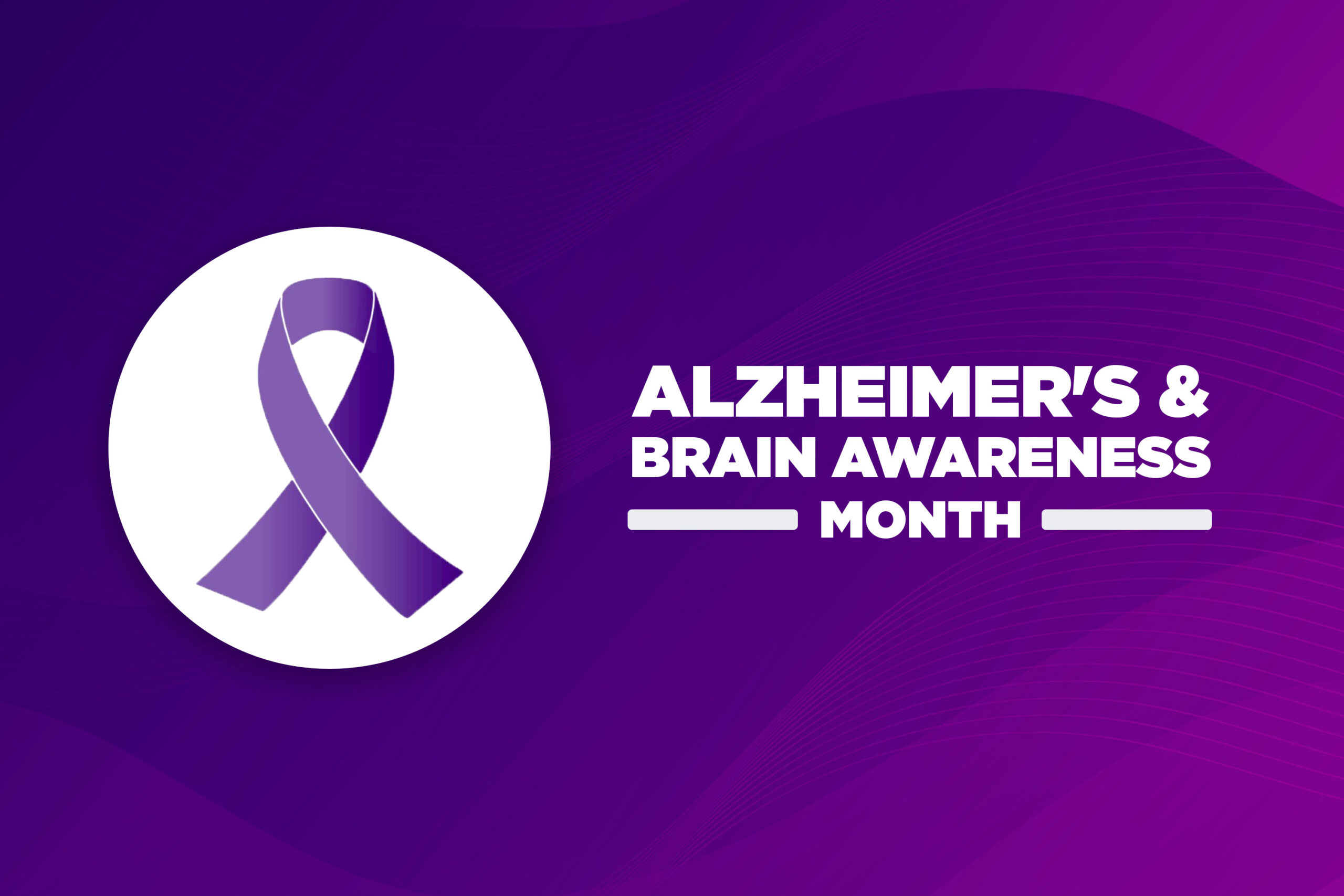
Currently, an estimated 47 million people world-wide have Alzheimer’s Disease, and this estimate is expected to grow to over 76 million by 2023. While this drastic increase is partially a reflection on improved screening techniques to diagnosis Alzheimer’s earlier, there are factors that are within your hands to reduce your risk. Over-the-road drivers face increased risk because of higher rates of hypertension, diabetes, and elevated BMI, as well as the social isolation that can occur as part of their occupation. The good news is that while there are some factors we can’t control, such as genetics and aging, there are many more factors that we can control to help reduce risks for both Alzheimer’s Disease and other forms of dementia.
Alzheimer’s Disease is a type of dementia that makes up 60-80% of all cases of dementia. It is both a chronic and progressive disease, meaning it continues for the remainder of one’s life and worsens with time. While there is currently no cure, there are treatment options available to slow the progression of the disease.
Dementia and Alzheimer’s Disease are often easily identified in advanced stages by their severe impairment on memory. However, early signs may be less obvious. An increased confusion about events, places, time of day and people, or feeling disoriented, could be early warning signs. These symptoms may be noticed by friends and family or by the person experiencing the disorder. As the disease progresses, symptoms may evolve to include paranoia and suspicions about others, behavior changes that may include anger or severe sadness, and withdrawal from others. Some of the final stages involve loss of speech, mobility, and even the ability to eat or drink. Although the final stages are bleak, there are many lifestyle changes that can be integrated into daily life now to reduce the risks for the future.
Dietary choices are one of the most significant factors in reducing the risk for Alzheimer’s Disease, as well as a number of other chronic health conditions that are correlated with Alzheimer’s Disease. A healthy diet that is rich in vegetables, fruits, fat-free or low-fat dairy, whole grains, very lean proteins such as fish and poultry, legumes, and nuts is a great place to start. These food categories contain essential vitamins and minerals while also reducing sodium, trans fat, and saturated fats. In addition, limiting added sugar, red meats, and sugary beverages are beneficial changes.
Staying active is also an important factor in reducing the risk for dementia and chronic health conditions linked to Alzheimer’s Disease. Both aerobic and anaerobic activity are beneficial, but aerobics are especially important in reducing risks. Aerobic exercise increases both heart rate and breathing and can include activities such as brisk walking, swimming, running, a stationary bike, or even a class like Zumba. According to studies documented by the Alzheimer’s Society, aerobic activity has the biggest impact in reducing the risk for Alzheimer’s, reducing the risk by up to 45% when incorporated consistently by a middle-aged person.
Some other ways to help reduce the risk for Alzheimer’s Disease include building social connections, quitting smoking if applicable, limiting alcohol, prioritizing quality sleep, reducing the risk for head trauma (such as wearing a helmet when bike riding), getting a flu and pneumonia vaccine, and also making time for mental activity, such as learning a new skill or playing a game that requires concentration and thought. A combination of healthy diet, regular exercise, not smoking, and maintaining a healthy body weight can reduce risks for dementia by up to 60 percent, so get started today with a new healthy habit to maintain the health of your brain!
